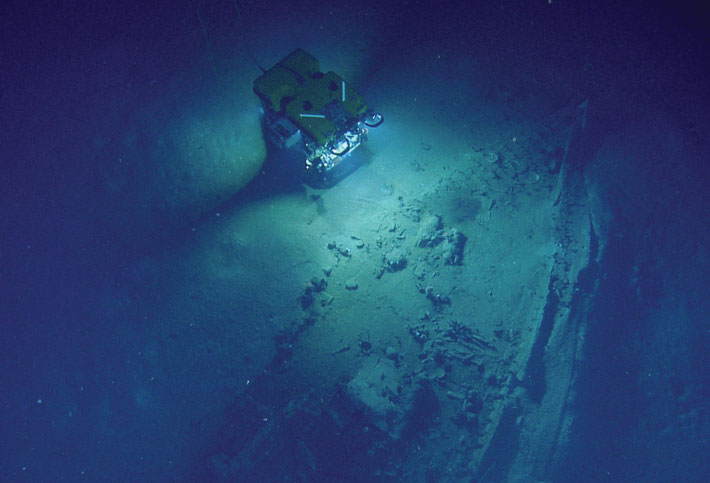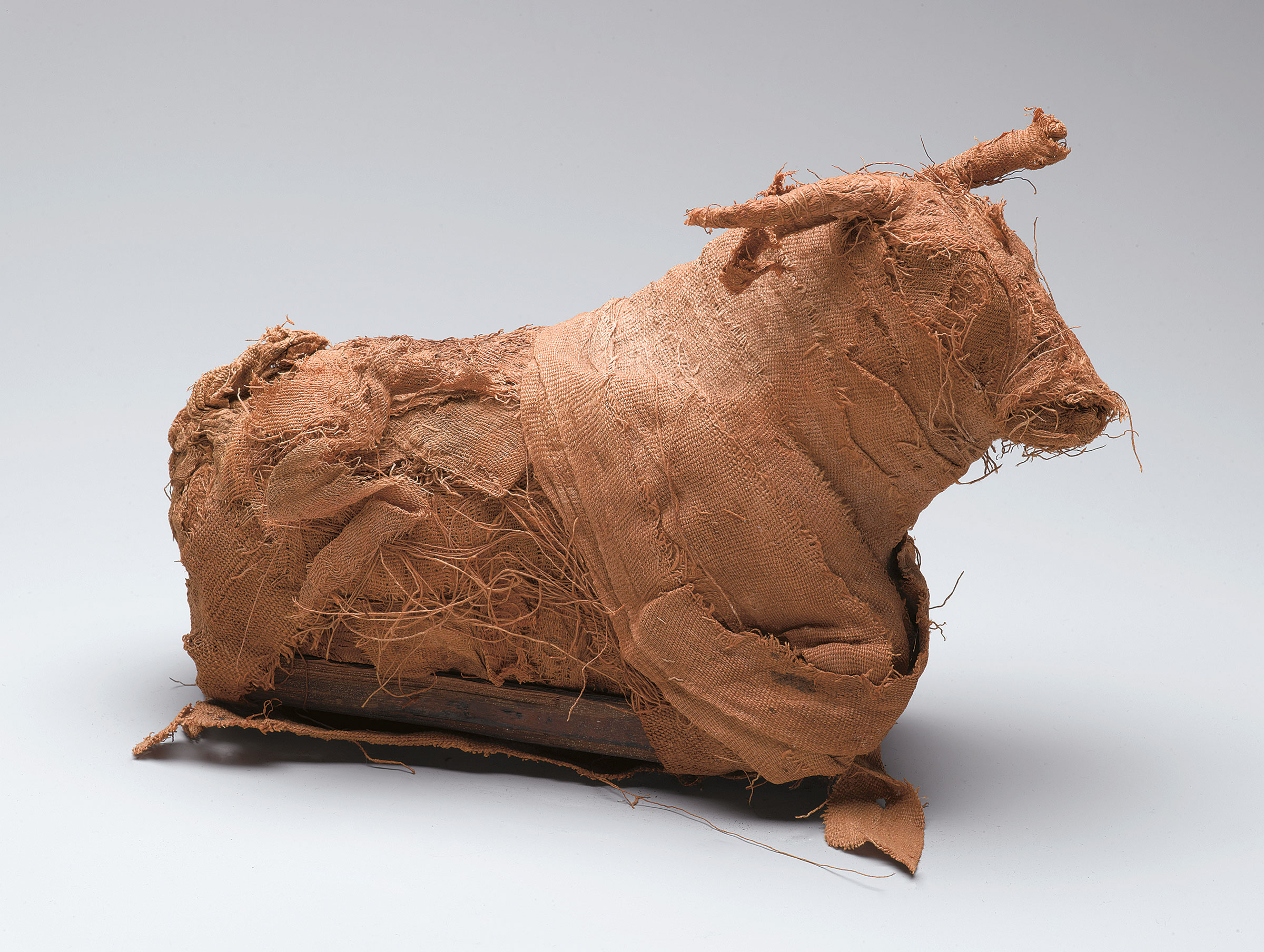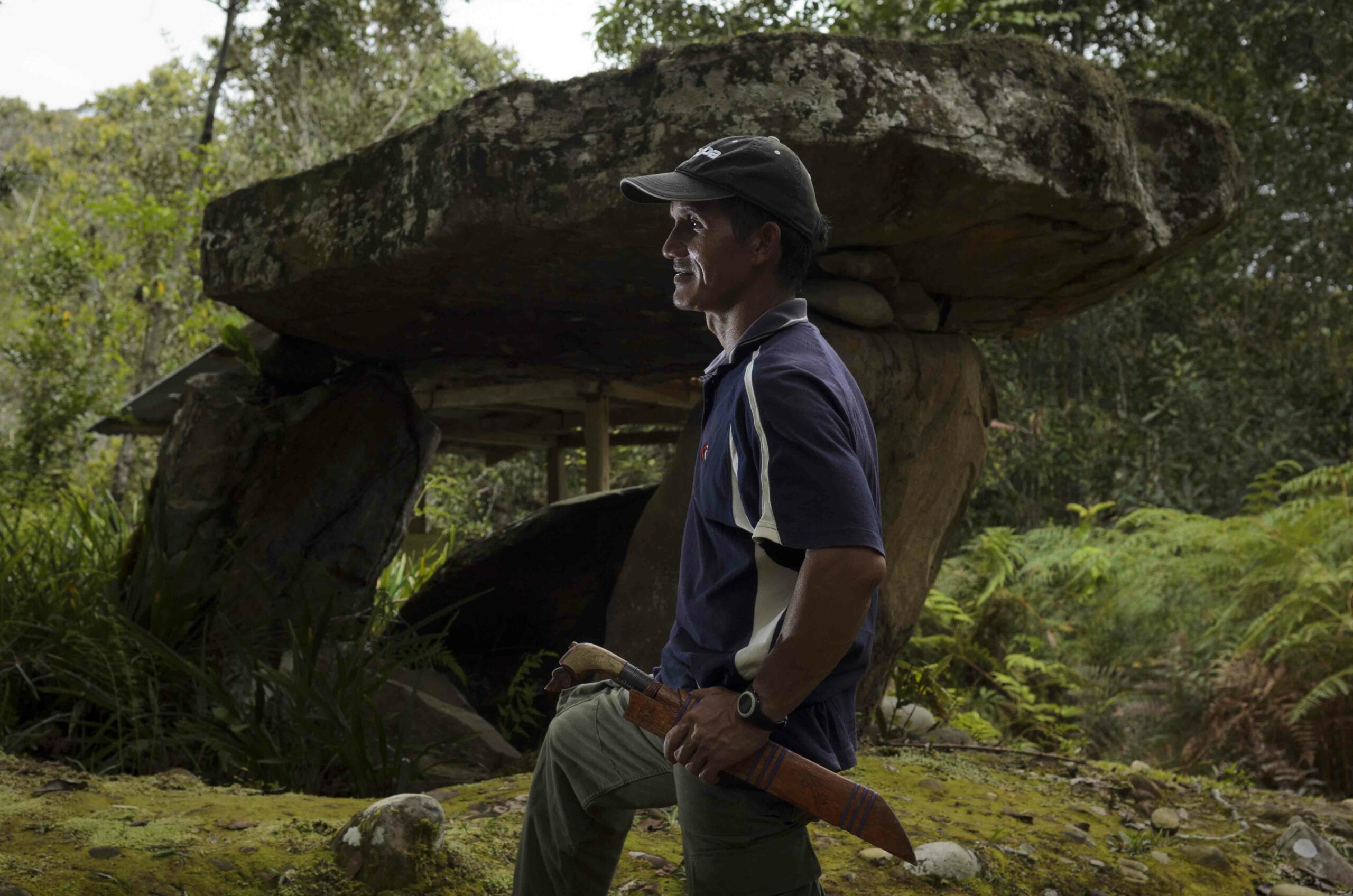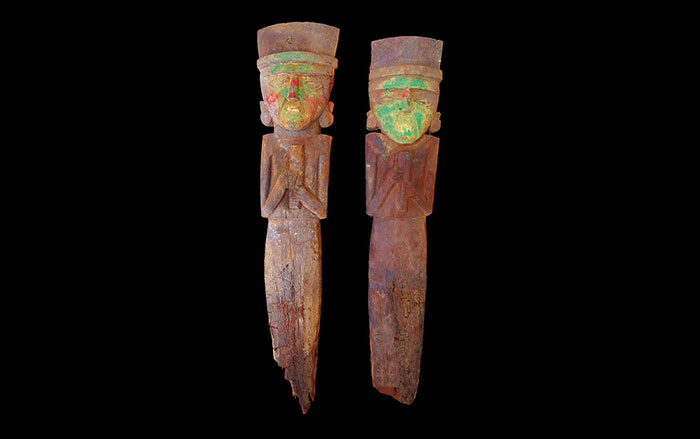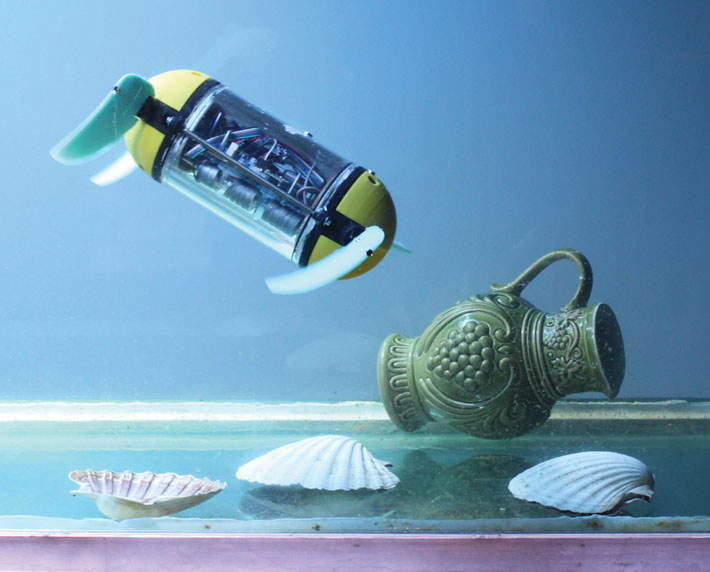
Remotely operated vehicles (ROVs) are excellent for examining historical sites underwater, but they’re not designed for going inside intact wrecks. Meet U-CAT, a tiny new underwater robot that is small enough to take cameras and other sensors where traditional ROVs can’t. Designers at the Centre for Biorobotics at Tallinn University of Technology in Estonia modeled U-CAT on a sea turtle, with four flippers that make the robot uniquely maneuverable. Because the device has no propellers, it is less likely to stir up blinding silt in the tight confines of a wreck. According to Maarja Kruusmaa, head of the Centre, U-CAT might also be useful in environmental monitoring and search-and-rescue operations. Field tests are planned—once the ice in Estonia melts this spring.







